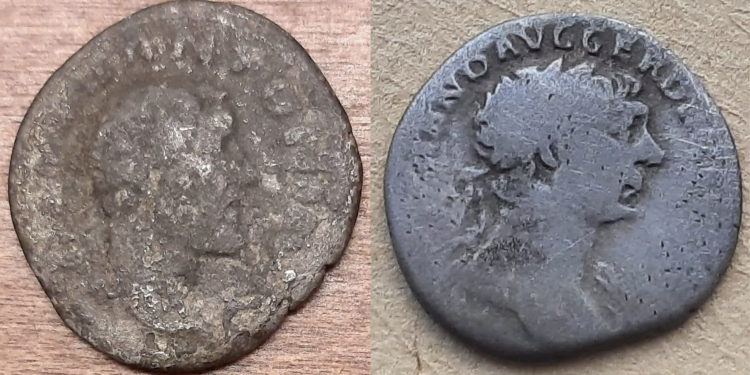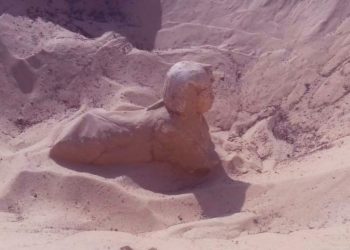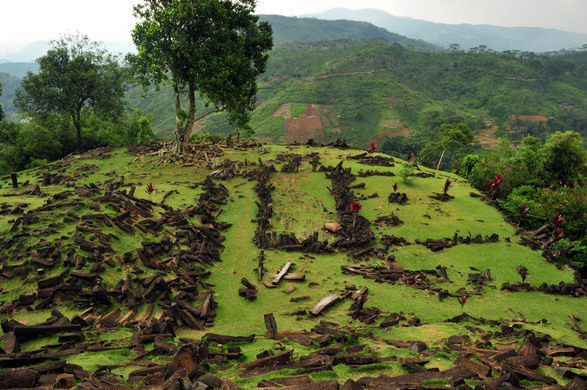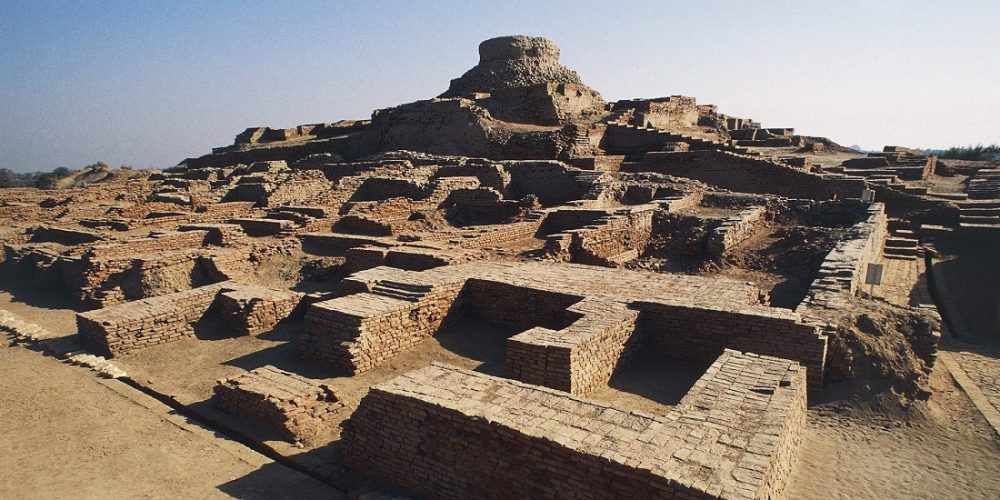In a baffling discovery, two Roman-era silver coins have been uncovered on a desolate, uninhabited island situated in the Baltic Sea between Sweden and Estonia, leaving archaeologists perplexed as to how they arrived there.
A Conundrum Without Concrete Answers
The enigmatic find has left investigators with only conjecture, as the coins could have been deposited by Norse traders seeking shelter, lost in a shipwreck, or even transported by a Roman ship venturing to the distant north.
Ancient Denarii: Timeless Currency Unearthed
According to Live Science, the two silver denarii – Roman currency minted during the reigns of Emperors Trajan (AD 98-117) and Antoninus Pius (AD 138-161) – weighed less than an eighth of an ounce (4 grams) each and were worth approximately a day’s wages for a worker at the time. The denarius, the standard Roman coin, endures today in several Latin languages as the term for “money.” During the late Roman Republic and early Empire, one denarius was equivalent to a day’s wages for an unskilled laborer. However, depending on whether we compare it to minimum wage or purchasing power parity, its value could be estimated to be somewhere between $10 and $100.
Norse Traders, Shipwrecks, or Roman Voyagers?
Archaeologist Jonas Rönnby posits that the long-lasting value of the silver in these coins might have led Norse traders to bring them to Gotska Sandön while seeking refuge from storms. Alternatively, survivors of shipwrecks in the treacherous waters surrounding the island could have carried the coins, or Romans themselves may have brought them, despite no written records of Roman expeditions to the Baltic.
Connections to Larger Islands and Unresolved Mysteries
Similar finds have been made on the nearby, larger island of Gotland, but the discovery on the barren Gotska Sandön is more unexpected. The island, once home to 19th-century lighthouse keepers and a popular spot for pirates and shipwrecks, remains uninhabited today. Daniel Langhammer, an archaeologist overseeing the island’s cultural heritage, remarks that the mystery of the coins’ presence may never be unraveled.
Unraveling the Island’s Enigmatic History
Researchers, including osteologist Sabine Sten from Uppsala University, plan to revisit the island’s shores in late 2023 in hopes of gradually uncovering the site’s intriguing history.
PLEASE READ: Have something to add? Visit Curiosmos on Facebook. Join the discussion in our mobile Telegram group. Also, follow us on Google News.











